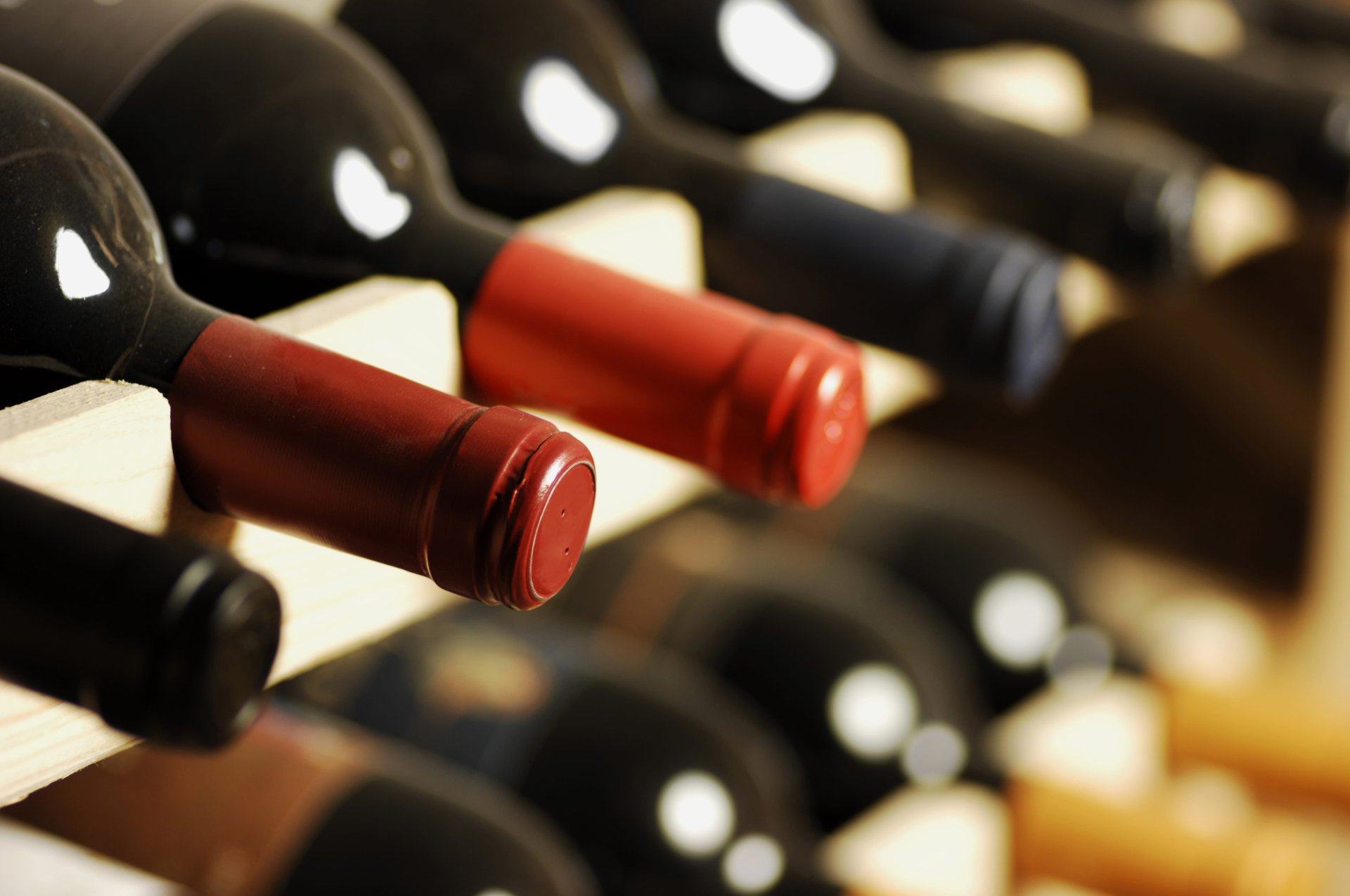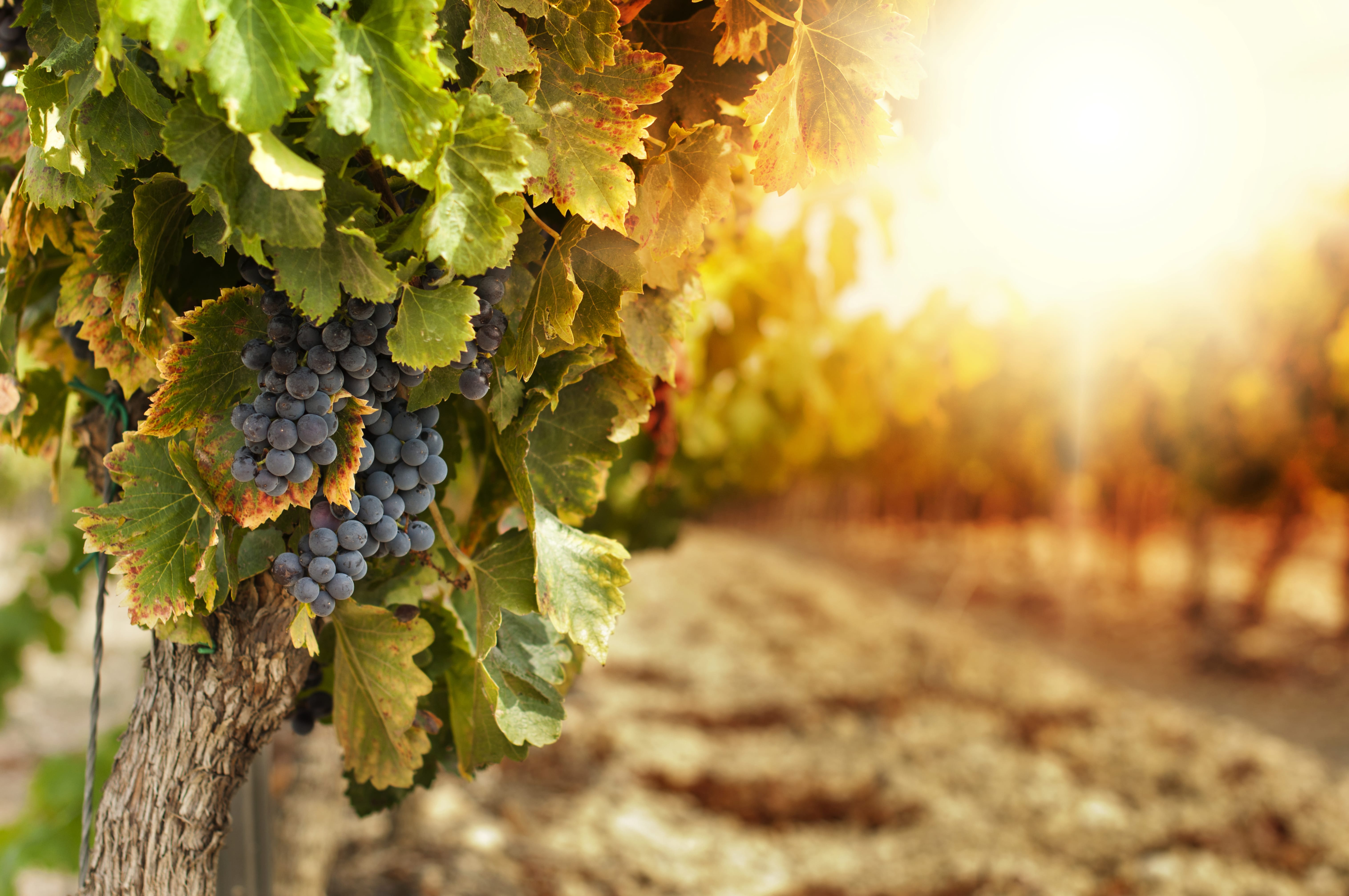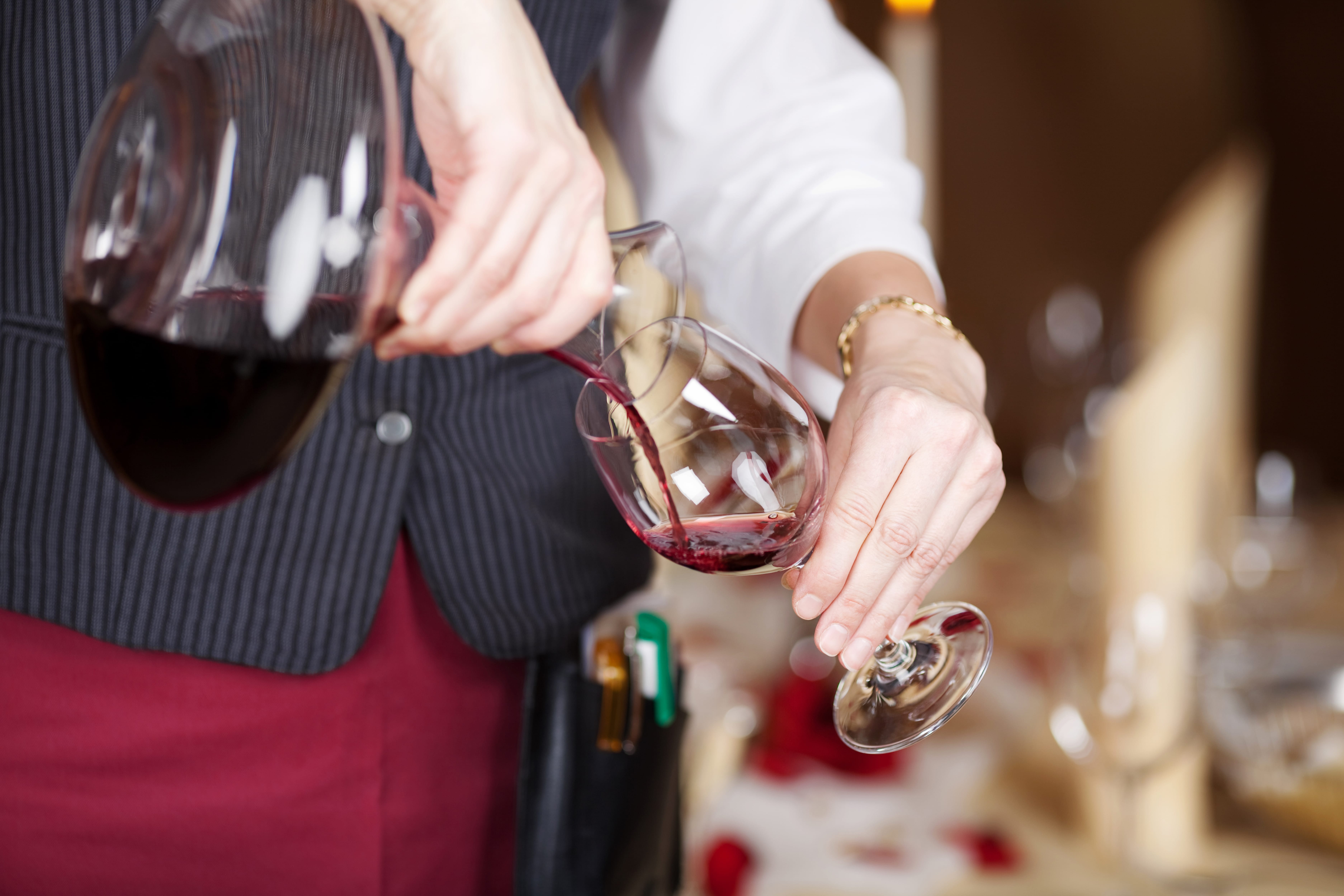A
-
Adega
Winery, cellar.
B
-
Bagaceira
Grape marc spirit. Made from grape skins, pips and other residuals after pressing.
-
Bruto
Brut, for a sparkling wine with sugar dosage inferior to 12g/Litre.
C
-
CVR
Acronym for “Comissão Vitivinícola Regional”, regional wine commission.
-
Casta
Grape variety.
-
Colheita
Vintage, date of harvest.
-
Colheita Tardia
Late harvest. Official designation for DOC/DOP wine and IGP wine.
D
-
DOC (Portugal) or DOP (Europe)
The highest official European category in terms of quality, with specific rules for each region, concerning authorised grape varieties, winemaking processes, alcohol percentage...
-
Doce
Sweet. A wine is sweet when it contains more than 50 g/l of reducing sugars (glucose and fructose).
E
-
Estágio
Ageing in bottle or cask.
G
-
Garrafeira
Official designation for DOC/DOP wine and IGP wine with harvest year and minimum aging: for red wine an aging of at least 30 months, of which at least 12 months in glass bottle; for white and rose wines an aging of at least 12 months, of which at least 6 months in a glass bottle. It also stands for wine shop or wine cellar in Portuguese.
-
Grande Reserva
Official designation for DOC/DOP wine and IGP wine with highlighted organoleptic characteristics and an alcoholic strength equal to or greater than (in 1% by vol.) the minimum threshold set as evaluated by the panel of the regional wine commission. The use of this designation requires the indication of the harvest year.
I
-
IVV
Acronym for “Instituto da Vinha e do Vinho”, Portuguese public vine and wine institute. Vinho Licoroso – Liqueur wine, fortified wine.
L
-
Lagar
Fermentation vat, often shallow, made of granite, marble, concrete ir stainless steel, in which grapes are trodden by foot or mechanically.
M
-
Meio Seco
Medium dry. Champagne, sparkling and semi sparkling wines with a residual sugar content between 33 g/l and 50 g/l
Q
-
Quinta/Herdade
Wine estate or property. Quinta is a designation most traditionally used at the northern part of the country and Herdade is used in the South.
R
-
Reserva
Designation of Superior quality for DOP Wines which has to be certified by the certification body.
S
-
Seco
Wines with a sugar dosage inferior to 4g/Litre.
-
Selecção do Enólogo
“Winemaker selection”, unofficial designation for a wine recommended by the winemaker.
V
-
Vinho
The Portuguese word for wine, but also the designation for ex “table wine”, wine not certified by the local wine commission and not following the rules for DOC/DOP or Vinho Regional/IGP wines.
-
Vinho Branco
White wine. Made from white grapes.
-
Vinho Espumante
Sparkling Wine. Wine obtained by a second fermentation in the bottle with the addition of yeast (classic or champagne method). It can also be obtained by a second fermentation in a closed vat (continuous method).
-
Vinho Generoso/Licoroso
Fortified wine, generally obtained by adding alcohol or wine brandy during the winemaking process, interrupting the process.
-
Vinho Regional (Portugal) or IGP (Europe)
With no specific area and with a wider range of rules in terms of winemaking and grape varieties. This is a category often used in top quality wines that don't fit in the DOPs requisites.
-
Vinho Tinto
Red wine. Obtained by fermenting the must of red varieties, pigmented by maceration of solid matter that has a strong colouring power.
-
Vinho Tranquilo
Table wine. Expression traditionally used in opposition to sparkling and liqueur wines.
-
Vinho Varietal
Wine made from a single noble variety, or with an absolute dominance of this strain.


